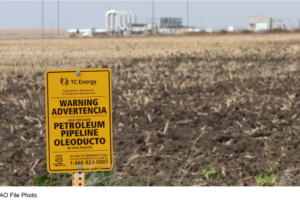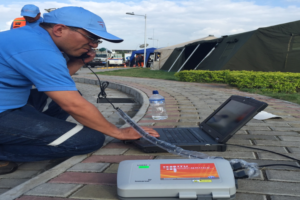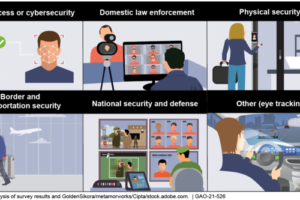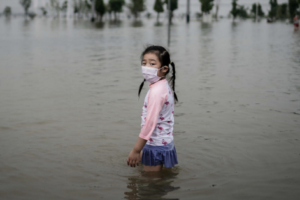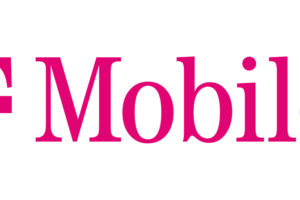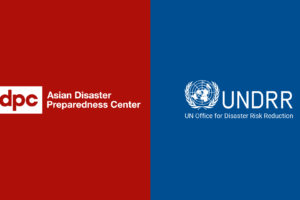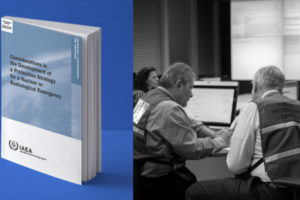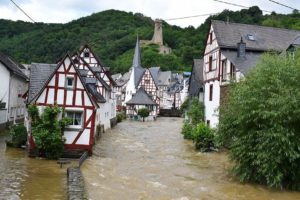Digital is the future of urban energy

Cities already account for two-thirds of energy consumption and produce more than 70 per cent of carbon emissions globally every year.
With more than half of all people in the world living in cities, smart urban energy systems are needed to bring climate-damaging emissions down to net-zero in the next few decades.
Digital solutions can help cities reduce emissions and make the transition to clean energy systems, according to the latest report from the International Energy Agency (IEA).
By 2050, when almost 70 per cent of the world’s population will be city dwellers, energy will be in even higher demand.
To provide it sustainably, cities will need smart grids and innovative storage that integrate renewable power generation, electrified transport, and efficient heating and cooling, along with climate-safe bioenergy and waste-to-energy solutions.
Bringing all these together will depend on top-to-bottom digitalization of urban energy systems and related services. The IEA report, 'Empowering Cities for a Net Zero Future', based on consultations with over 125 experts, advises pioneering cities on how to ensure a sustainable energy future based on digital technologies.
Building smart grids
Flexible energy systems enable agile responses to real-time situations, balancing demand and supply throughout the day. Smart grids with real-time monitoring and predictive analytics can offer reduced peak loads, better integrate renewables at lower costs and minimize pressure on aging grid infrastructure.
Smart grids will be crucial to address global warming by reducing carbon-dioxide (CO2) emissions. Direct access to data, meanwhile, empowers consumers to manage their energy consumption and costs.
In the United Arab Emirates, the Dubai Electricity and Water Authority (DEWA) says it has installed a local smart grid that enables "automated decision-making and interoperability across the entire electricity and water network."
By 2050, digitalization and smart controls can reduce CO2 emissions from buildings by 350 million tonnes, the IEA estimates.
Heating, air conditioning, motion sensors, ventilation and other data can encourage more efficient energy use. For instance, appliances can be operated when solar and wind power are active.
Electric vehicles (EVs) can be charged overnight, when electricity demand is lower, or when solar photovoltaic (PV) production exceeds other demand. Crucially, plugged-in EVs can also add energy storage capacity to the whole system.
Connected mobility
Electrification of transport and widespread EV use will help to scale up renewable energy sources through smart charging and vehicle-to-grid (V2G) systems that adapt charging rates to power availability and sometimes even return power to the grid.
People who hesitate to adopt EVs could be reassured by real-time data on costs and the availability of charging points.
Smart mobility applications can help residents pick modes of transport, including public transit and shared schemes, with more awareness about lowering emissions.
In Lathi, Finland, a mobile app shows the different transport options available and their respective carbon emissions. Virtual credits awarded for a low footprint can then be used to purchase city services and products.
Standards for climate-safe cities
Harmonized international standards can enable the interoperability of smart energy solutions as well as ensure data privacy, grid stability and cybersecurity, the IEA report affirms.
The International Telecommunication Union (ITU), the International Organization for Standardization (ISO) and the International Electrotechnical Commission (IEC) already work together closely on standards development through their joint smart city task force.
Innovators aiming for system-level harmonization can look to smart city standards like ITU Y.4459, “Digital entity architecture framework for Internet of Things interoperability”, developed by ITU-T Study Group 20 (Internet of Things and smart cities and communities).
Key Performance Indicators for Smart Sustainable Cities – prepared by the United for Smart Sustainable Cities Initiative based on an ITU standard aligned with UN Sustainable Development Goals (ITU Y.4903/L.1603) – have set a benchmark for best practices and provide a practical framework to assess each city’s progress towards net-zero emissions and digital transformation.
A key standard developed by ITU-T Study Group 5 (Environment, climate change and circular economy) and released last year (ITU L.1470) details the emission-reduction trajectories needed to cut greenhouse gas emissions in the information and communication technology (ICT) sector by 45 per cent between 2020 and 2030.
This is the rate required to meet a key climate goal – limiting global warming to 1.5 degrees Celsius during this century, compared to pre-industrial levels, in line with the Paris Agreement and the United Nations Framework Convention on Climate Change (UNFCCC).
[Source: ITU]

